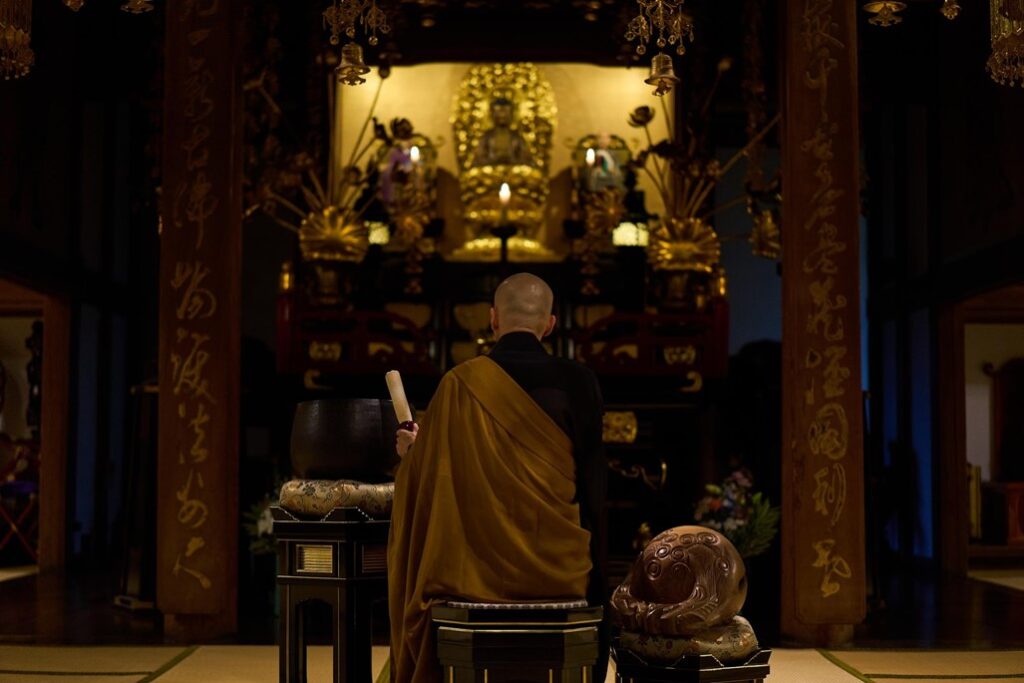
Miyagi Prefecture
The largest metropolis in the Tohoku region.
Sendai City is the capital of Miyagi Prefecture and the biggest city in Tohoku, the northeastern region of Japan’s largest and most populous island (Honshu).
Being just a 90-minute shinkansen bullet train ride from Tokyo or a 20-minute train ride from Sendai Airport means access is fast and convenient for travelers looking to dive into the deep culture, nature, traditions, and history that the six prefectures of Tohoku are ready to offer.
While Sendai is perfectly placed as a “Gateway of Tohoku”, it deserves to be given more attention than a simple pit stop thanks to its fascinating samurai history, story of resilience, harmony with nature, abundant shopping and dining options, nightlife attractions, and fun-to-explore walkable city center.
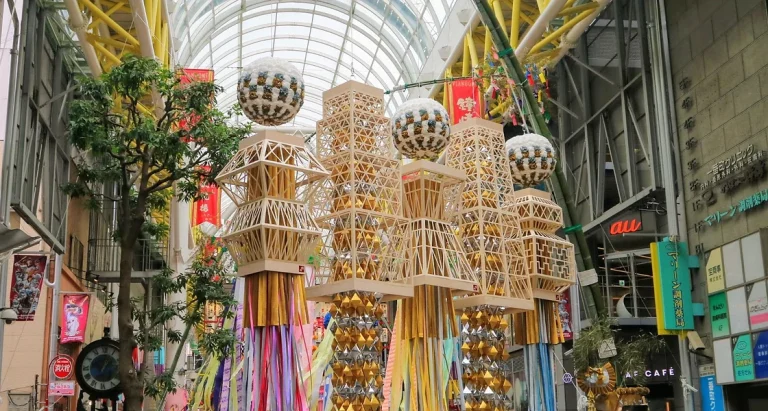
Quick Info
Address
Miyagi-ken, Sendai-shi
Other tips
- Population: 1,096,700 (2020)
- Easy access to Yamagata City and Yamadera Temple via train and bus.
- Home to the Tanabata Festival.
- A vast but laid-back city with hundreds of day trip possibilities.
- Seen as a “gateway” to the Tohoku Region with easy access from Tokyo.
- Has a tourist bus departing from the city center called the “Loople”.
Sendai's Samurai Roots
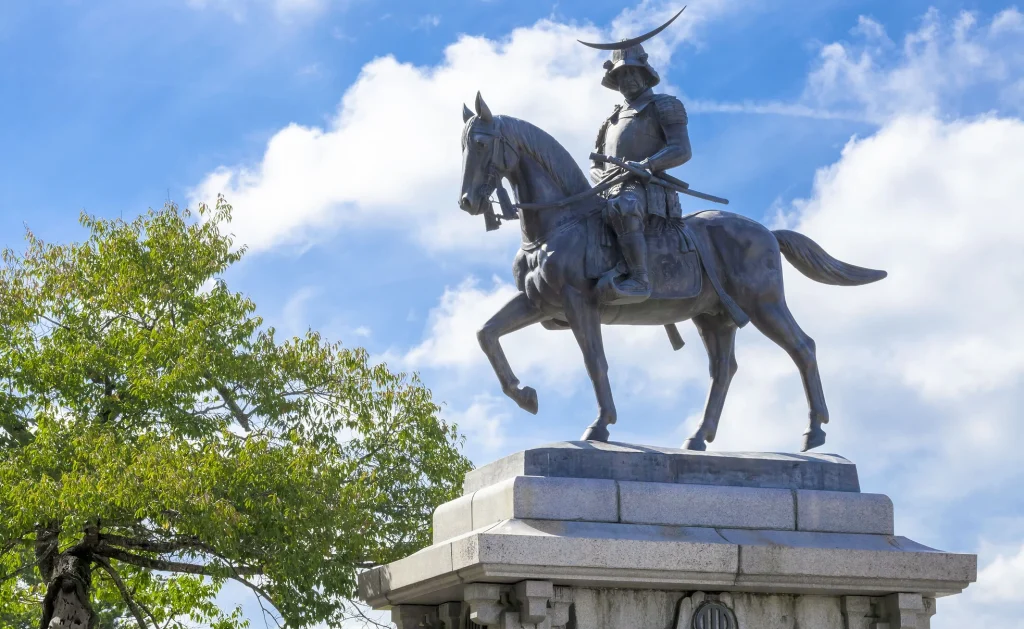
You can’t talk about Sendai without an introduction of Date Masamune, the dynamic feudal lord feared as the “One-Eyed Dragon” during Japan’s Warring States Period.
Masamune was born to succeed as the 17th head of the Date Clan, but he had to prove his worth by fighting for both respect and survival. Masamune lost one of his eyes due to a childhood illness which other family members said was a weakness. He also had several close calls in bloody battles on his rise to power. Nonetheless, through a unique combination of resistance and isolation to outsiders, alliances through politics and diplomacy, and violence to those that betrayed or opposed him, Masamune would expand his castle town of Sendai founded in 1601 into a thriving city and domain that stretched beyond the borders of Miyagi.
The Date Clan controlled the largest domain in Tohoku and was the third wealthiest in Japan based on the amount of rice it produced. Many historic sites, traditional crafts, and the city’s love of tea and sake trace their roots back to the Date Clan and life in the castle town.
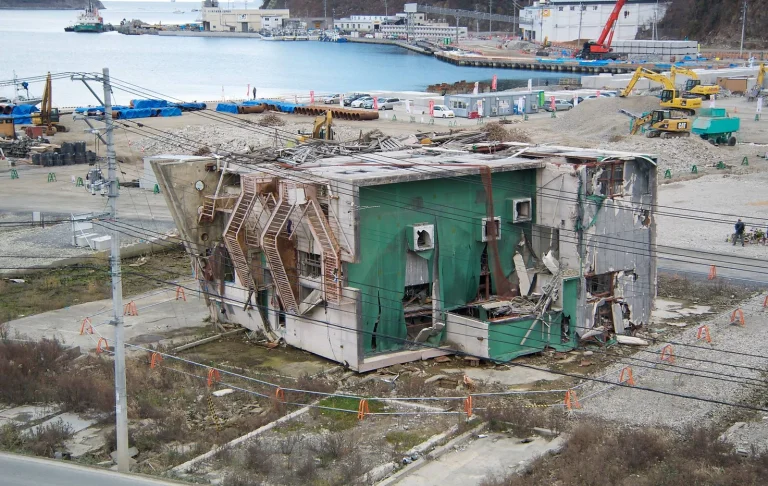
In more recent history, Sendai is remembered as the closest major city affected by the 2011 Great East Japan Earthquake.
The earthquake and subsequent tsunami would claim the lives of nearly 20,000 victims primarily along the coastlines of Fukushima, Miyagi, and Aomori prefectures. Sendai’s coastline was devastated but recovery efforts can be seen through the return of agriculture and a new highway that doubles as a defensive wall against potential future tsunami.
The inland city center was damaged from severe shaking but has fully recovered along with the tourism industry. The lessons learned through the disaster are shared at various city facilities such as the former Arahama Elementary School where students and residents evacuated, as well as on a global scale through the United Nations Sendai Framework for Disaster Risk Reduction.
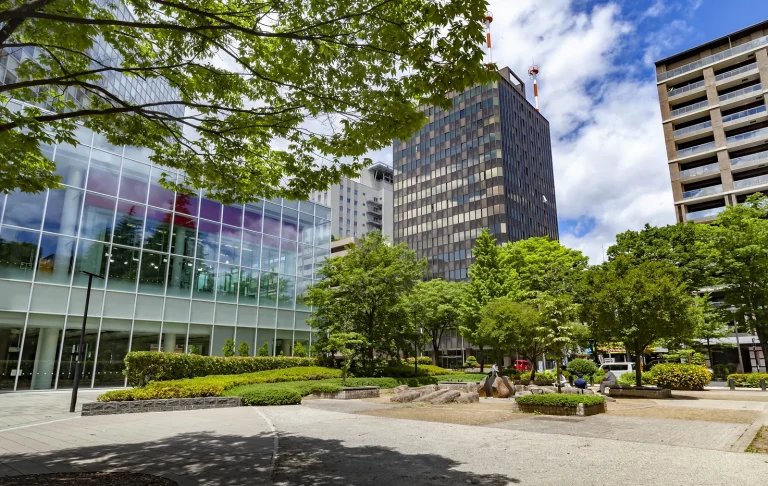
Locals will tell you that Sendai is sumi-yasui, or “easy to live in” because of its size and climate. Sendai has a modern, compact city center yet is geographically wide as it stretches from the Pacific Ocean to the mountains that include Mt. Zao bordering Yamagata Prefecture.
Greenery fills the surrounding hills and even streets. If you walk the central tree-lined avenues or visit downtown parks like Nishi-Koen or Kotodai-Koen, you’ll soon discover why Sendai is called “The City of Trees”. The city is a fusion of contrasts as you can hike, surf, or ski while also being able to cheer on professional sports teams, shop for luxury goods or handicrafts in extensive shopping arcades, and have some fun after dark in Kokubuncho, the largest entertainment district north of Tokyo.
Sendai has a mild climate year-round which means summers are not too hot and winters are not too cold. Even still, you can appreciate the distinct seasons through cherry blossoms, autumn leaves, and snowy landscapes along with changing flavors and festivals throughout the year. For these many reasons, you can say Sendai is also tanoshimi-yasui, or “easy to enjoy”.
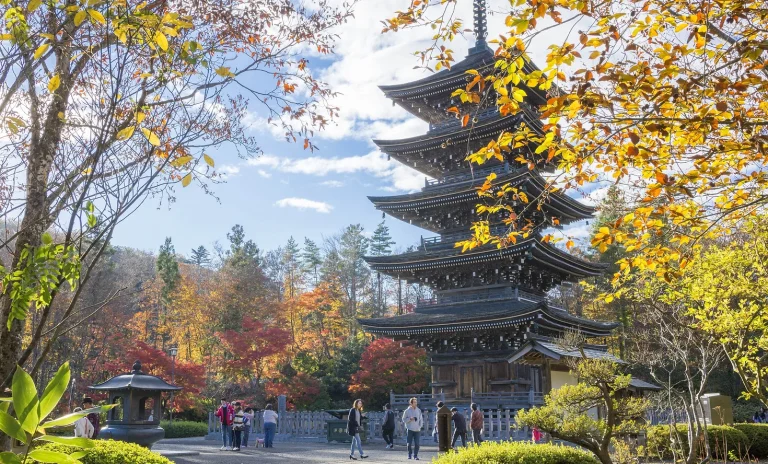
First-time visitors to Japan will feel comfortable and able to fill a two-day itinerary by simply hitting the highlight attractions via the “Loople Sendai” sightseeing bus, indulging in Gyutan, the city’s famous grilled beef tongue dish, and stopping by nearby Matsushima, a beautiful bay dotted with 260 pine-covered islands which is well-known as one of “Japan’s Three Most Scenic Spots”.
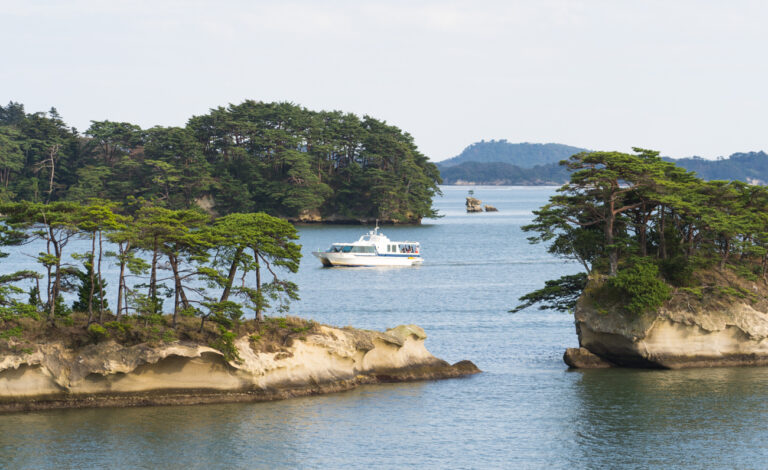
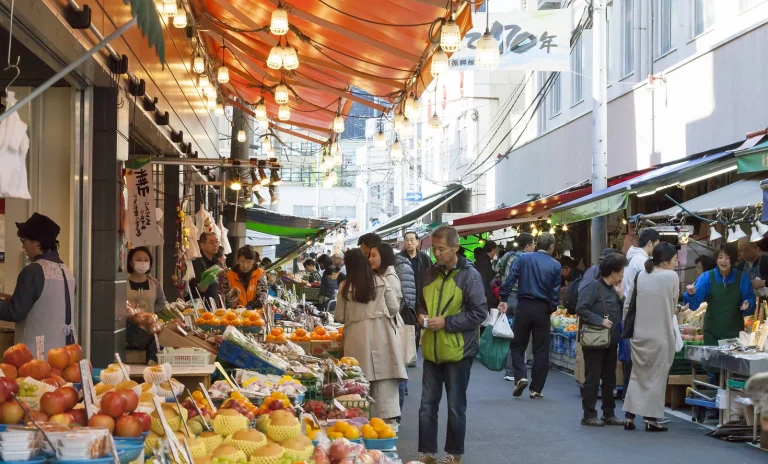
However, the real attraction of Sendai is best experienced at a slower pace. The lack of crowds and groups of tourists makes even ordinary outings extra special.
Try striking up a conversation with an owner at one of the city’s many independent cafés or a local patron at a quality cocktail bar. Wander the picturesque Japanese garden at Rinno-ji Temple or observe the striking Momoyama architecture of Hachiman Shrine in an unspoiled atmosphere. Or take some time to rejuvenate your body and spirit with a dip in the historic hot spring resorts of Akiu or Sakunami located in the city suburbs. All the while, art galleries, history museums, and botanical gardens decorate the city with an ambiance of sophistication and appreciation for aesthetics.
There is something for everyone in Sendai without the crowds or over-tourism of Tokyo or Kyoto.
Recommended Tours and Activities
See our curated list of local experiences we have made in close collaboration with the locals of Miyagi Prefecture made by The Hidden Japan’s team. Our experiences here are both experiences in Sendai, as well as day trips to the surrounding highlights of the Tohoku Region.

